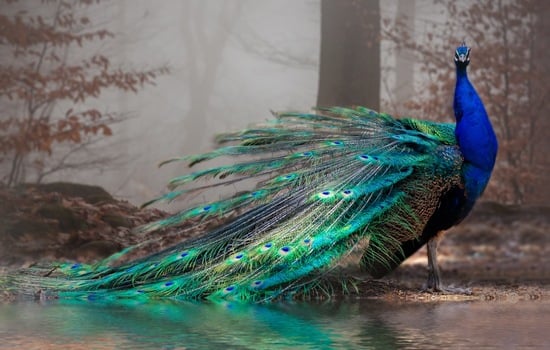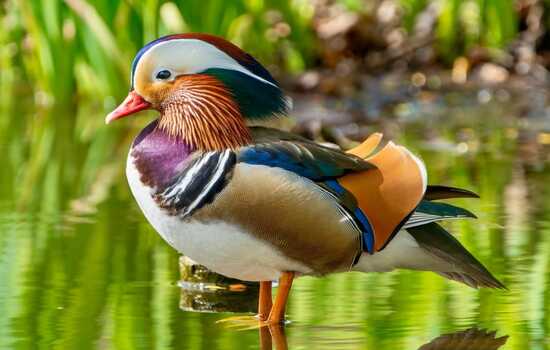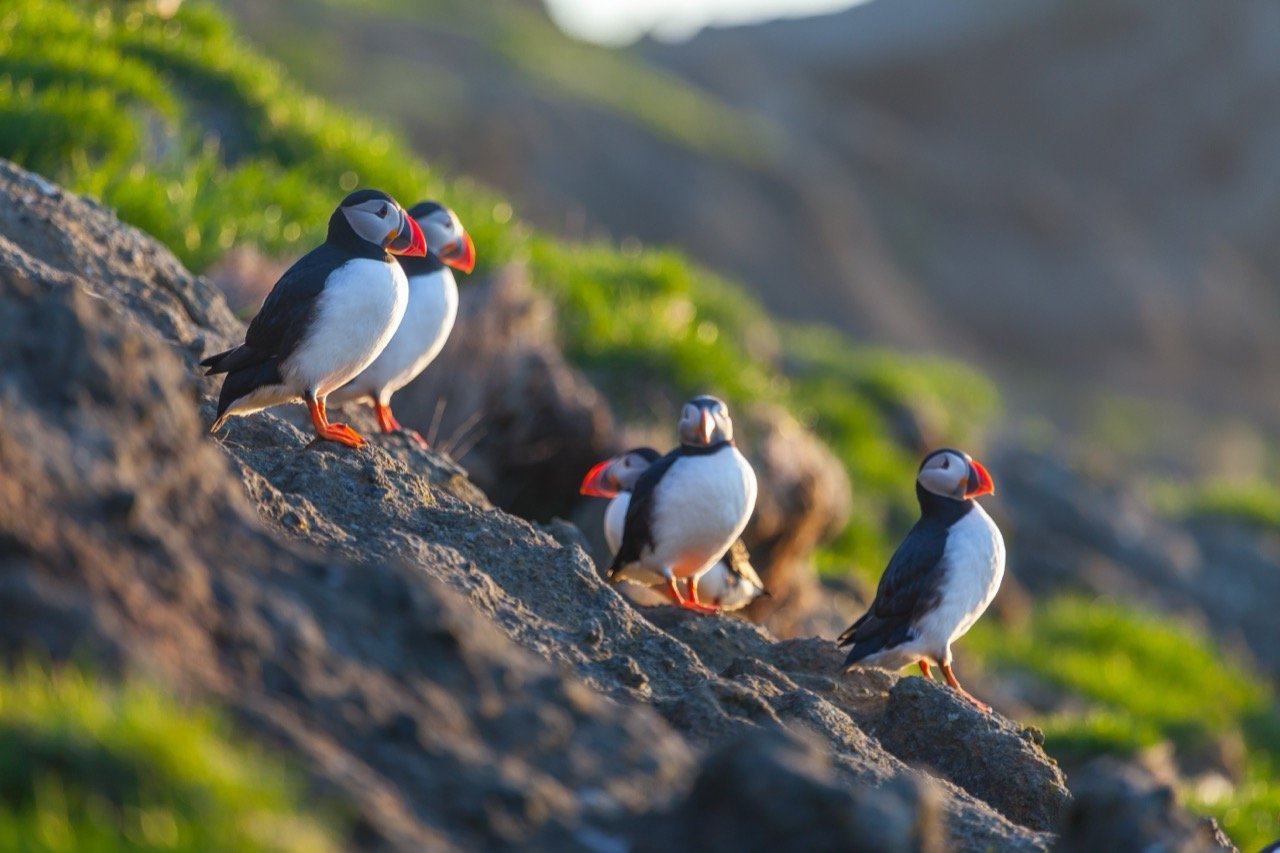
In the realm of intriguing animals, few can rival the captivating puffin. This seabird, with its tuxedo-like plumage, clownish expression, and ability to 'fly' underwater, is often considered the paragon of avian charm. Known affectionately as the 'clowns of the sea' or 'sea parrots,' puffins boast a certain whimsical aura that only adds to their allure.
But what exactly is it that renders these seabirds such a delight to explore?
Let's deep dive into the world of puffins and discover the marvels hidden behind those bright beaks and colourful tufts.
Origins and Species
Belonging to the Alcidae family, puffins find their roots in the same family tree as auks, murres, and guillemots - a cluster of sea-faring birds characterized by their unique body structures adapted to their marine lifestyle. Of the three species within the puffin genus (Fratercula), two occur in the North Atlantic, namely the Atlantic puffin and the horned puffin, and the third, the tufted puffin resides in the North Pacific.
These species, while distinct in appearance, share a similar evolutionary history. The diversification and speciation of puffins can be traced back to around 5 million years ago, when the ancestors of modern puffins began to adapt to life in the marine environment.
Physical Characteristics
Indeed, the puffin is as builds for life at sea. It has a stout, aerodynamic body, a perfect evolutionary adaptation for life in harsh marine environments. What most people associate puffins with is their iconic beak, a striking palette of red, blue, and yellow. It serves not just as a means to catch small fish but also as a thermoregulator and a signpost for mating success.
With excellent vision (possessing an extra eyelid to see underwater), strong wings that can flap up to 400 times per minute, and webbed feet for efficient swimming, puffins are a product of nature's impeccable design.
Habitat and Breeding Grounds
Puffins are North Atlantic and North Pacific dwellers, choosing coastlines riddled with cliffs, and islands as their homes. These regions offer optimal conditions for nesting, safety from predators, and an abundant food supply.
During breeding season, puffins show a penchant for the same nesting spots year after year, often returning to the place of their own birth. They are not just loyal to their habitats, but also to their partners. Puffins mate for life, participating in a charming ritual of bill-touching and 'kissing' that cements their bond each season.
Feeding and Hunting
Puffins are visual hunters, using their keen eyesight to spot small fish, their primary diet, in the water. Being excellent swimmers, they use their wings as rudders and their webbed feet to navigate while underwater in pursuit of food.
The prey is stored in a unique hinging mechanism in their beak, allowing puffins to carry an impressive load of fish. Records indicate they can carry anywhere between 10 to 60 fish at a time! Interestingly, puffins only resort to hunting during breeding season, to feed their young. In other times of the year, they feed on a diet of zooplankton.
Behavioural Traits and Social Patterns
Beyond their physical appeal, puffins are socially intriguing creatures. They are known to be silent at sea but become quite vocal in their colonies, producing a variety of noises, from the soft purring to an excited growl when threatened.
Living in large colonies, they show a propensity for social grooming activities. Preening, often an activity engaged in solitude, turns into a social event in puffin colonies, with birds helping groom each other.
Natural Predators
Puffins, despite their defences, fall prey to larger birds like eagles, owls, and gulls, and terrestrial mammals like rats and foxes. Their eggs and chicks are often targeted, leading puffins to adopt protective behaviours like nocturnal feeding to protect their young. The environmental changes, including changes in ocean temperature and availability of prey also pose existential threats to these birds
Conclusively, the world of puffins is rife with charm, character, and a constant struggle for survival. These 'clowns of the sea' are not just amusing entertainers, but dedicated parents, loyal partners, able hunters, and model survivors.
As promised, let's cap this exploration with an fascinating puffin trivia: Ever wondered why puffins' beaks are so colourful? The brightness of their beaks and the rings around their eyes fade post-breeding season, suggesting that these are sexual ornaments, indicating puffin's reproductive health and status. So now you can say, in the case of puffins, love truly does come in colour!

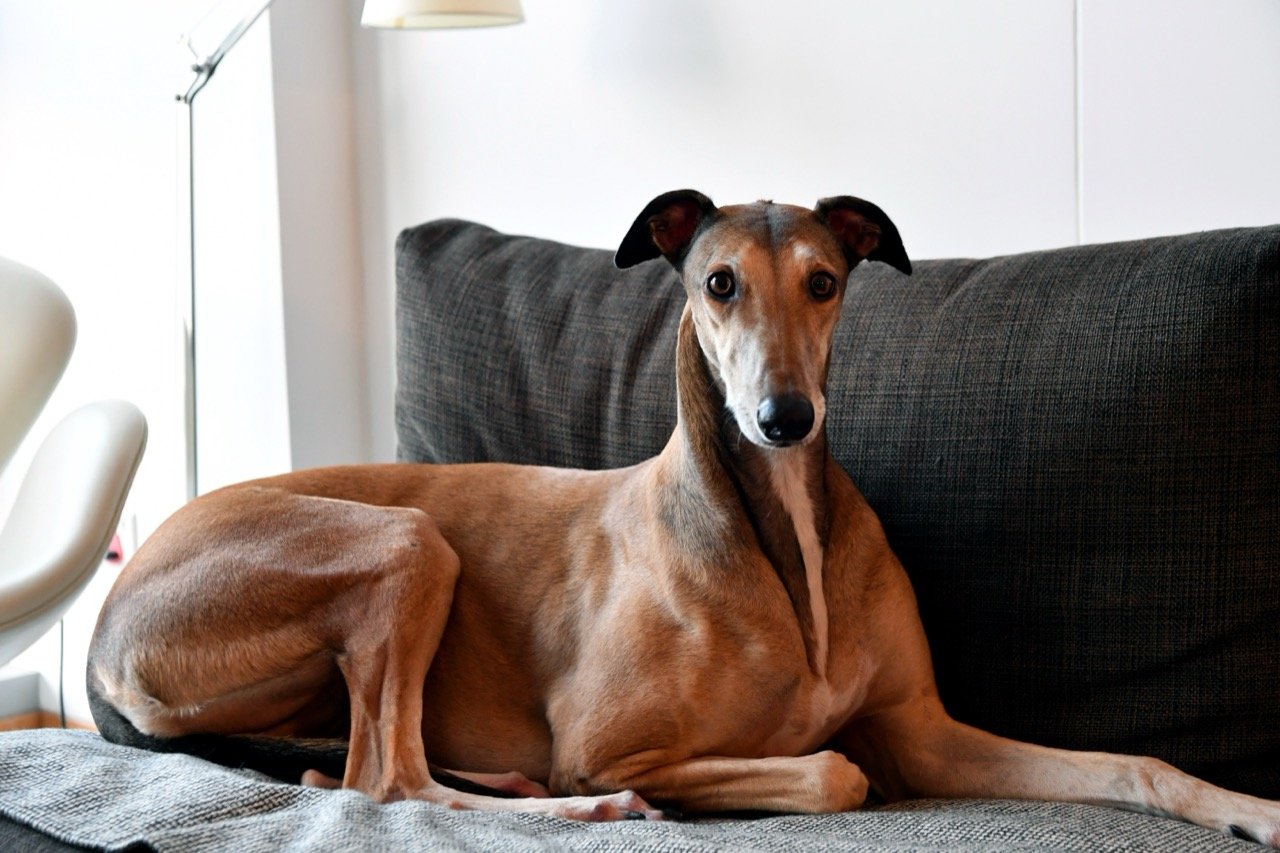
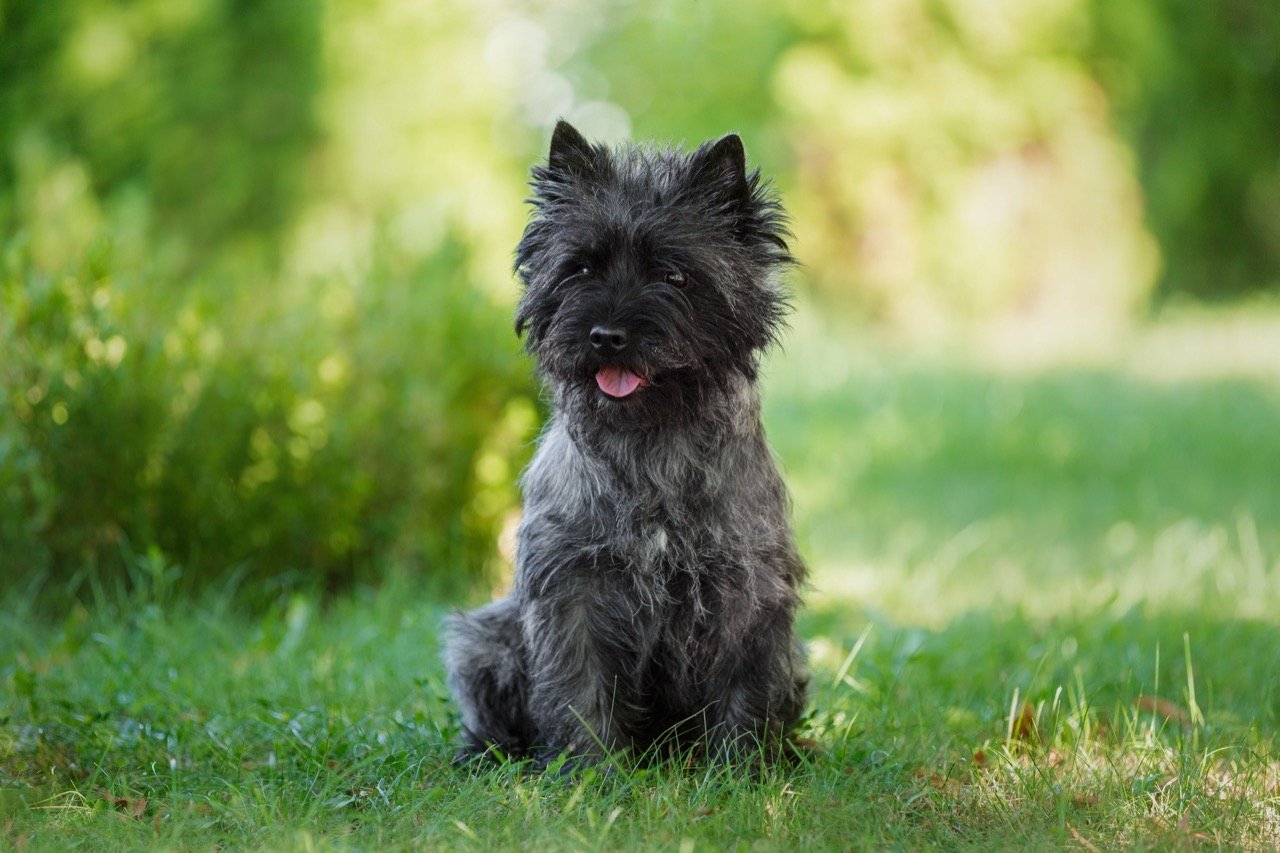
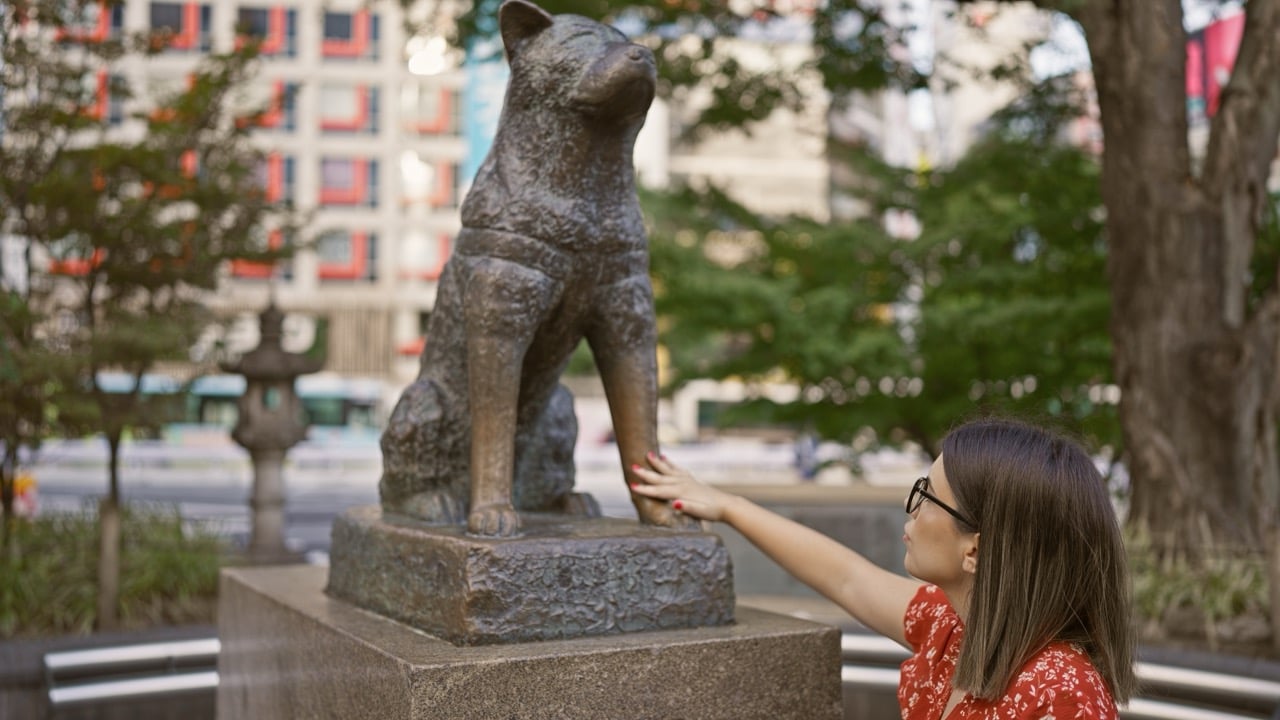
.jpeg)


